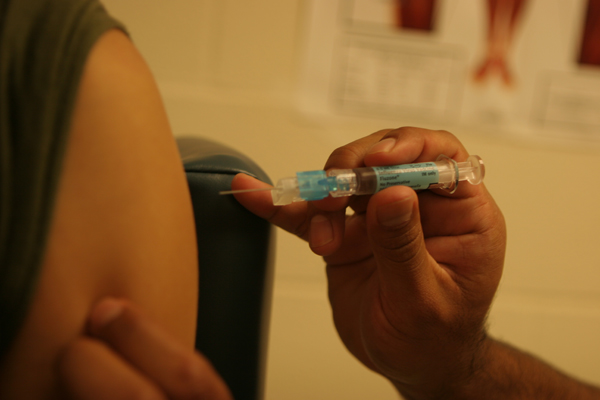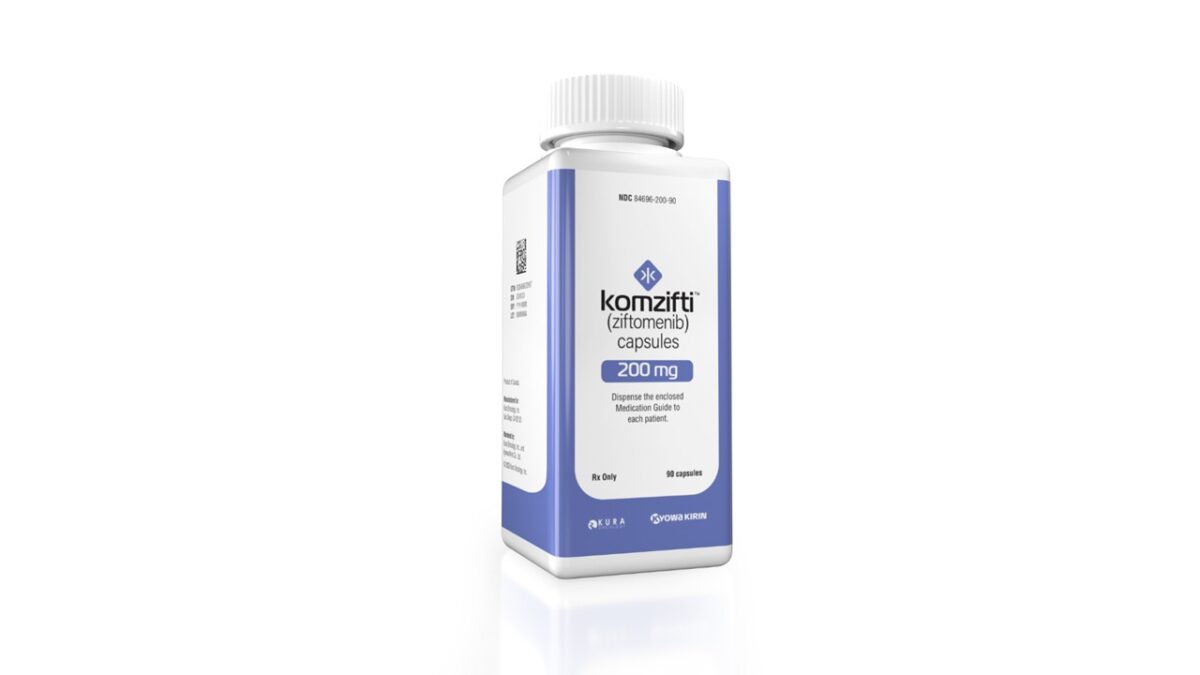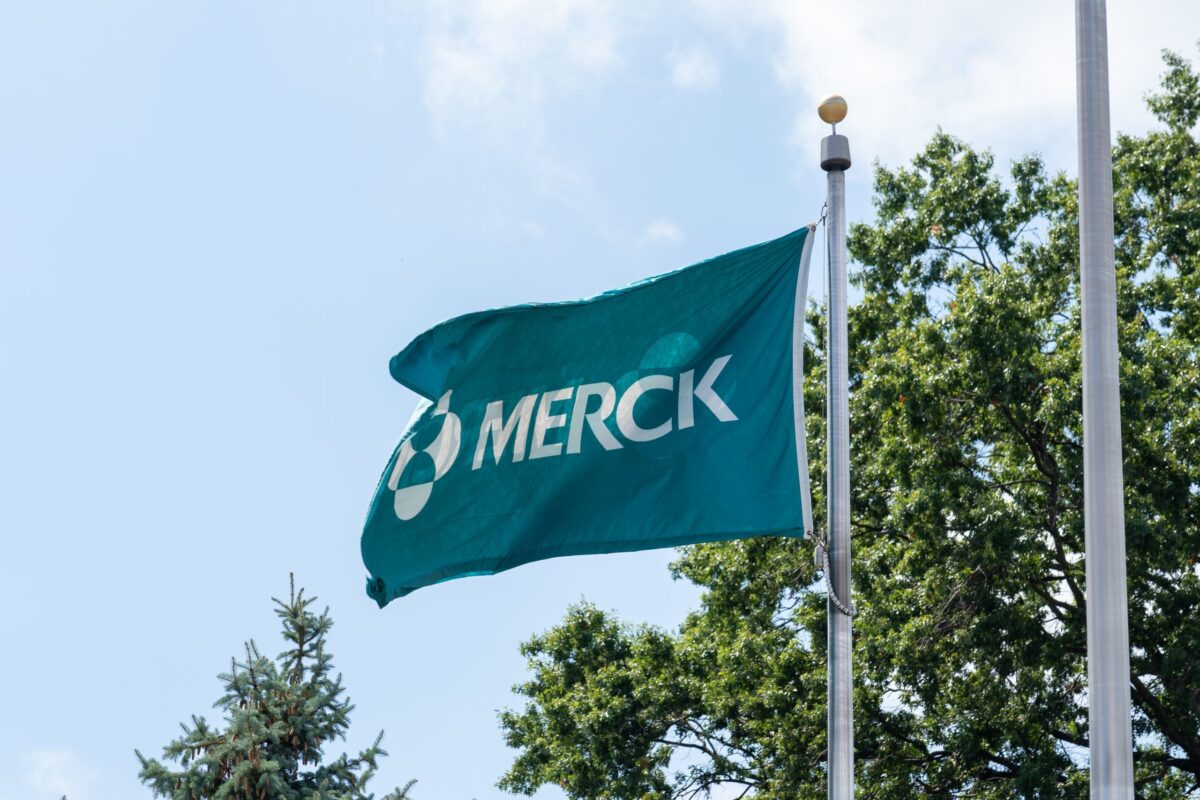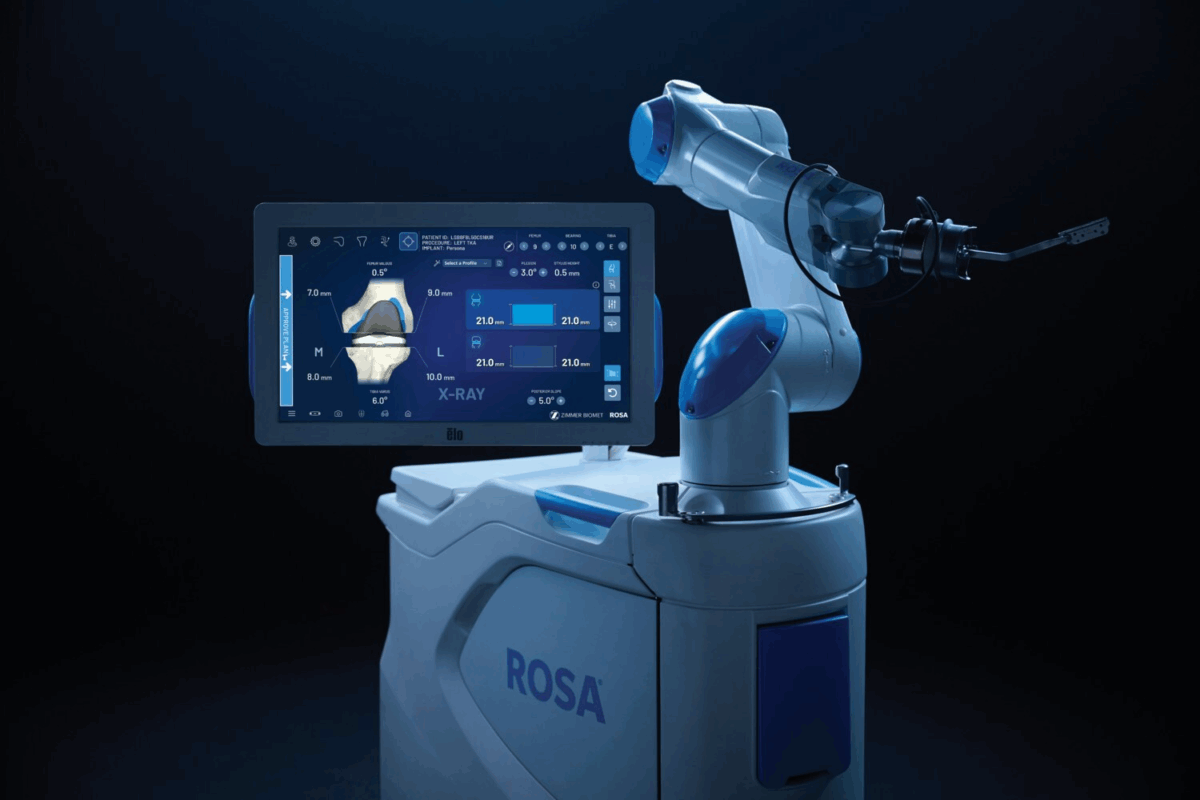Providing a reliable supply of a vaccine is dependent on a number of factors, including raw materials availability, quality control and supply chain and logistics. Researchers from Duke University’s Fuqua School of Business have identified another variable in vaccine availability: market tensions surrounding the price of a vaccine can reduce a pharmaceutical manufacturer’s motivation to keep the vaccine supply consistent.
“The government doesn’t want to overpay, but there’s a tension between responsible use of government funds and giving manufacturers sufficient incentive to get into manufacturing – and stay in,” said Professor David Ridley of Duke University. Using research into the economics of vaccine availability over the past 10 years, Ridley found that each 10 percent increase in the price of vaccines was linked with a one percent decrease in the probability of a shortage.
“Unfortunately, many people forego vaccines and jeopardize herd immunity, putting at risk the health of people with compromised immune systems,” said Ridley. “That’s the demand side. But what about supply? How do we encourage suppliers to be in the business?”
Considering that some children visit the doctor on an annual basis, if a vaccine is unavailable during their visit it will be another year before the child is vaccinated. The more children fail to get vaccinated due to a vaccine shortage, the higher the risk becomes that a preventable infection will be spread.
An Institute of Medicine report published in 2004, found that vaccine shortages impacted nearly 73 percent of childhood vaccines. The shortages forced 35 states to temporarily overlook school immunization requirements.
In order to study the reason behind vaccine shortages, Ridley and his team compared the availability of vaccines between 2004 and 2013 with each vaccine’s cost. The researchers found 24 separate instances of a vaccine shortage during that time period. Surprisingly, the shortages were not due to an unexpected increase in demand for a given vaccine, but an issue with supply.
In 2007, vaccine shortages reached a peak when seven vaccines – for illnesses including mumps, measles and polio – were in short supply. While the average duration of a shortage was 510 days, the researchers discovered that no vaccine priced over $75 per dose has been involved in a shortage since 2004.
According to Ridley, pricing all vaccines at $75 and up won’t solve all of our vaccine supply issues. “It’s not a magical number, but it’s a useful framework,” said Ridley.
Current pricing of a vaccine has a definite impact on a manufacturer’s willingness to continue making the product, especially if costs for the company increase. For example, if the US Food and Drug Administration (FDA) requires a vaccines supplier to update their facility, the manufacturer could decide to cease production if profits on the vaccine are already slim.
“You’ll be reluctant to invest in expensive new technology if you’re not going to make any money,” said Ridley. “It’s expensive to get into manufacturing, so if someone exits it’s hard for someone to step in and take their place. If you’re not making money anyway, you’re not going to have excess capacity sitting around.”
While the government has recently shown their willingness to pay more for newly-developed vaccines – such as the pneumococcal conjugate vaccine – the trend is still to pay less for older vaccines. The low profit margins for these vaccines make it difficult for manufacturers to upgrade capacity to ensure the steady supply of a vaccine.
“I think the public has a sense that higher prices encourage investment in research,” said Ridley. “I think what’s overlooked is that higher prices also encourage manufacturers to invest in capacity and quality. Without those investments, shortages become more likely.”












Join or login to leave a comment
JOIN LOGIN